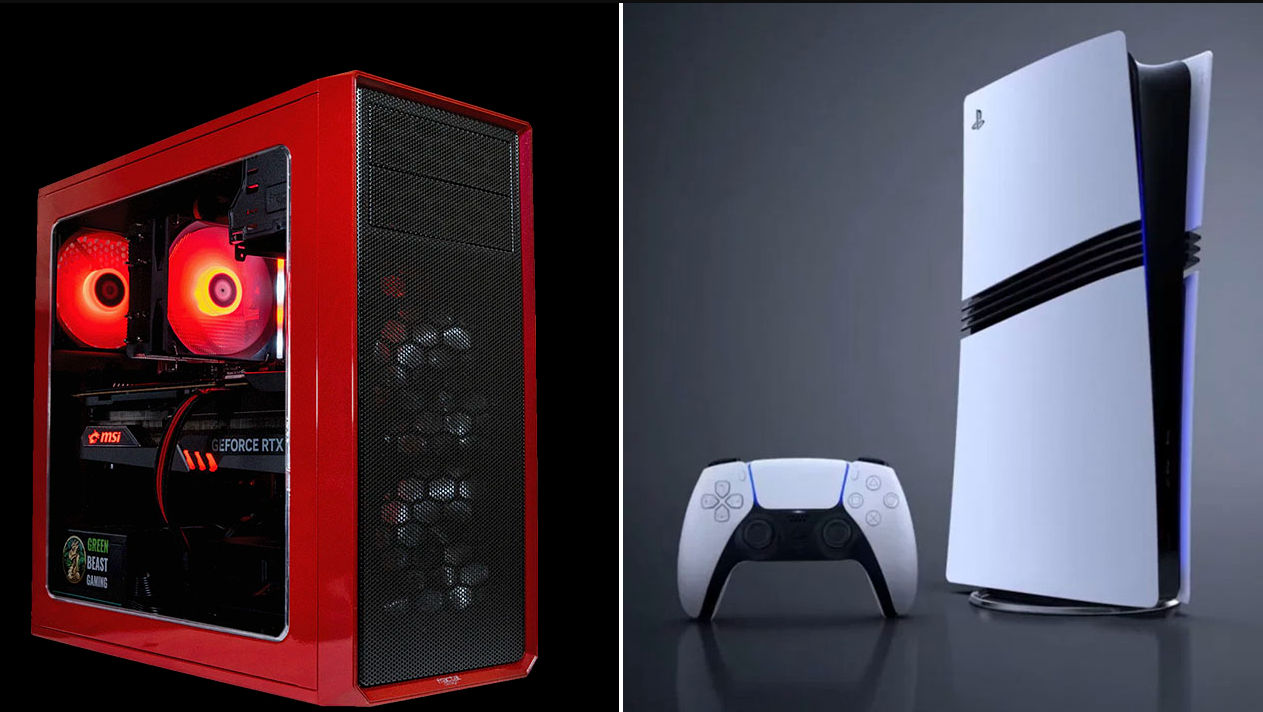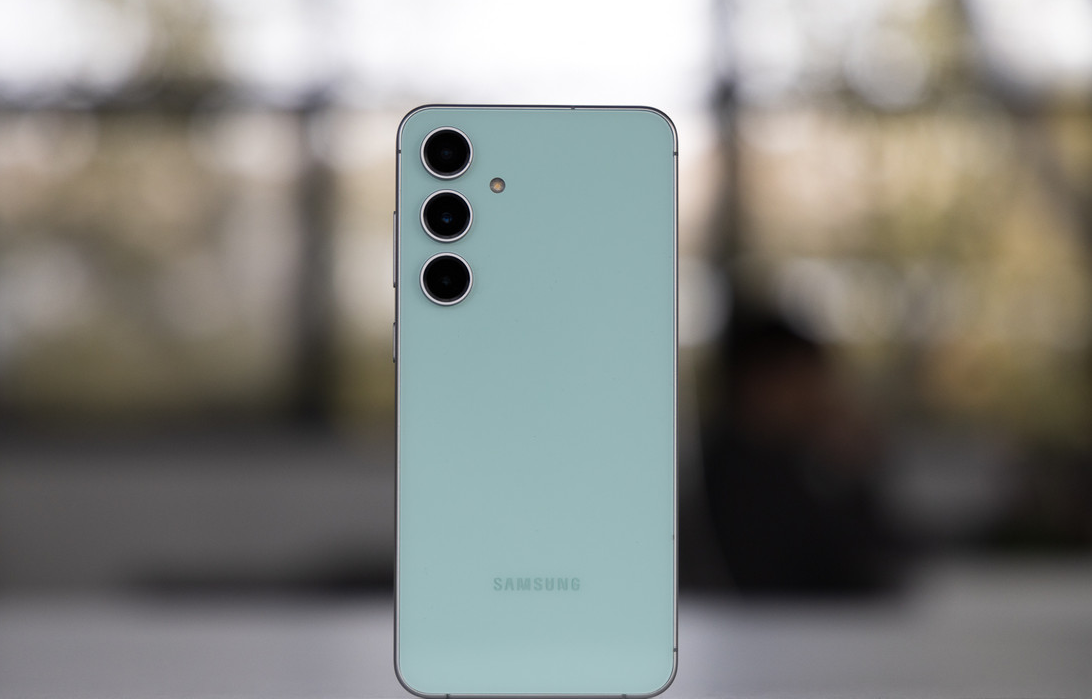Infrared heaters, also known as UVOs, have become very popular in recent years due to their efficiency and energy-saving qualities. They work on the principle of natural solar heat from infrared rays, which heat the surfaces of objects rather than the air. This makes them a great choice for quick space heating and for people who want to reduce their energy costs.
What are infrared heaters?
Infrared heaters or UVOs use electricity to generate infrared radiation that penetrates objects and bodies, transferring heat directly to them. This is different from traditional heaters that heat the air.
So, instead of circulating hot air, infrared heaters directly transfer heat to surrounding objects and bodies, making them more efficient.
Criteria for choosing an infrared heater
When choosing an infrared heater, you should look at several criteria to get the best results and fulfil your needs. Here are the key criteria for choosing an infrared heater:
- Type of infrared heater: Infrared heaters can be wall-mounted, ceiling-mounted, table-top, portable, or recessed into the floor or ceiling. Choose the type that best suits your space and needs.
- Wattage: When choosing an infrared heater, pay attention to its wattage. This is an important factor that affects heating efficiency and energy consumption. Make sure that the wattage of the heater matches the area of the room you want to heat.
- Radiation type: Infrared heaters can use different types of radiation such as short-wave, long-wave or ceramic. Each type has its own characteristics and uses. For example, short-wave heaters provide fast and directional heat, while long-wave heaters create a softer and more even heat.
- Directional Radiation: Some infrared heaters have directional radiation, which allows you to more precisely target the heat to the right areas. This can be useful if you want to heat specific places in a room.
- Construction and design: Pay attention to the materials the heater is made of and its design. Choose a heater that matches the décor of your room and has a sturdy construction.
- Controls and functions: Check how the heater is controlled. It may have mechanical or electronic switches, as well as additional features such as timers, thermostats, remote controls and operating programmes.
- Energy Efficiency: Pay attention to the energy efficiency of the heater. This will help reduce your energy consumption and save you money on your electric bill.
- Safety: Make sure the heater is equipped with the necessary safety features such as overheat protection and automatic tip-over shut-off.
- Brand and reviews: Check the brand reputation and read user reviews of the infrared heaters you are interested in.
- Warranty: Pay attention to the manufacturer’s warranty terms.
- Price: Compare the cost of different models of infrared heaters to find the best option within your budget.
Consider these criteria when choosing an infrared heater to ensure your space is heated efficiently and safely.
Top 10 infrared heaters
Dr Infrared Heater DR-988
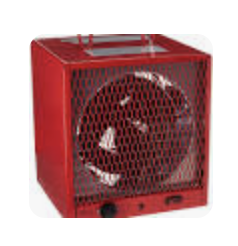
A portable and powerful heater with high performance and temperature control. Suitable for use in garages and workshops.
- Features: power up to 5600 W, built-in thermostat, works from 220 V mains.
- Pros: high power allows you to heat a large room; the thermostat automatically maintains the set temperature.
- Minuses: can consume a lot of electricity; high price.
Trotec IRS 2000 E
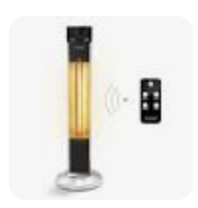
Wall heater with infrared radiation. It has an efficient heating system and modern design.
- Characteristics: power 2000 W, 3 modes of operation, timer.
- Pros: good value for money; the ability to choose the heating power.
- Cons: not always suitable for very large rooms.
Blumfeldt Heat Guru

Ceiling-mounted infrared heater with remote control. Ideal for heating a terrace or patio.
- Features: power 2000 W, weight only 1.1 kg, heating angle 120 degrees.
- Pros: lightweight and compact; fast heating.
- Cons: not suitable for very large rooms.
Veito CH1800RE
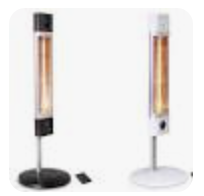
Portable heater with high power and overheating protection. Designed for indoor use.
- Features: power 1800 W, remote control, 4 modes of operation.
- Pros: can be controlled remotely; effective heating due to 4 modes of operation.
- Cons: high price.
UFO UK-15
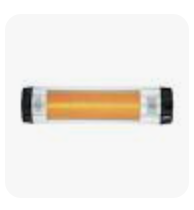
Compact and stylish wall mountable heater. It has a timer and thermostat for convenient control.
- Features: 1500 W power, overheating protection.
- Pros: fast heating; safety of use.
- Cons: lack of remote control.
Ardesto IH-2000-CBN1B
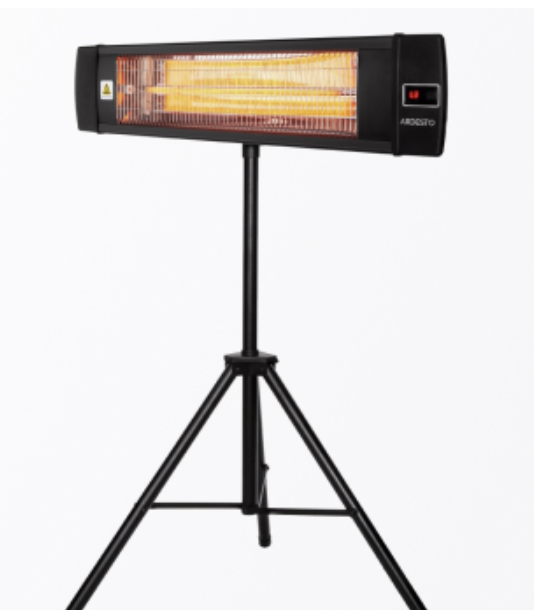
Balanced solution for indoor and outdoor use with timer and remote control.
- Features: 4 power levels (0.8, 1.2, 1.6, 2 kW), 24-hour timer; overheat protection.
- Pros: Electronic thermostat, infinitely variable temperature control, overheat protection, IP55 protection 3 mounting methods, display + remote control.
- Cons: No auto-off function in case of overturning.
Econo-Heat 0603 E-Heater
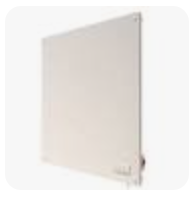
Energy efficient flat panel heater. Designed for wall mounting.
- Characteristics: power 400 W, operates from 220 V mains, overheating protection.
- Pros: low cost of operation; suitable for wall mounting.
- Minuses: low power; not suitable for large rooms.
Duraflame DFI-550-0
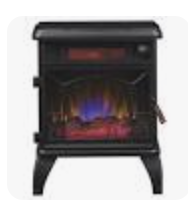
Decorative infrared heater in the style of a fireplace. It has a realistic flame effect.
- Features: power 1500 W, built-in thermostat, overheat protection.
- Pros: automatic temperature maintenance; safety of use.
- Cons: not always suitable for large rooms.
iLIVING ILG-918
Portable infrared heater with high performance. Has wheels for easy movement.
- Features: 1500W power, built-in thermostat, overheat protection.
- Pros: energy efficiency; long service life.
- Cons: not always suitable for large rooms.
Heat Storm HS-1500-PHX
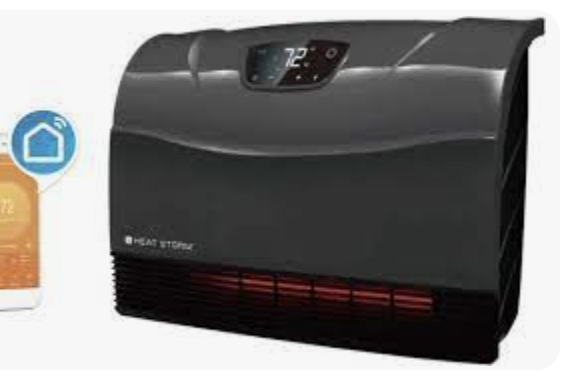
Compact wall heater with low energy consumption. Provides even heating of the room.
- Features: 1500 W power, Wi-Fi connection, touch screen.
- Pros: the ability to control via Wi-Fi; modern design.
- Minuses: high price.
Let’s make a table with the specified characteristics for these models:
| Name | Heating element | Overheating protection | Thermostat | Power levels |
| Dr. Infrared Heater DR-988 | Quartz | Yes | Yes | 1 |
| Trotec IRS 2000 E | Carbon | No | No | 3 |
| Blumfeldt Heat Guru | Carbon | No | No | 1 |
| Veito CH1800RE | Carbon | No | Yes | 4 |
| UFO UK-15 | Carbon | Yes | No | 1 |
| Infralia PRIMA 2000 | Quartz | No | No | 1 |
| Econo-Heat 0603 E-Heater | Carbon | Yes | No | 1 |
| Duraflame DFI-550-0 | Quartz | Yes | Yes | 1 |
| iLIVING ILG-918 | Carbon | Yes | Yes | 1 |
| Heat Storm HS-1500-PHX | Quartz | No | No | 1 |
It is important to remember that different heating elements may have different characteristics. Quartz elements, for example, usually provide fast and efficient heating, but can be more expensive. Carbon elements often provide even heating and a long lifespan.
All of the above heaters have their benefits and the choice will depend on your needs. Whether you need portability, high power, extra features or are looking for an economical option, there is a suitable option on our list for each of these criteria.
Hopefully this article will help you make the right choice. Always happy to help you learn more about the world of infrared heaters!

